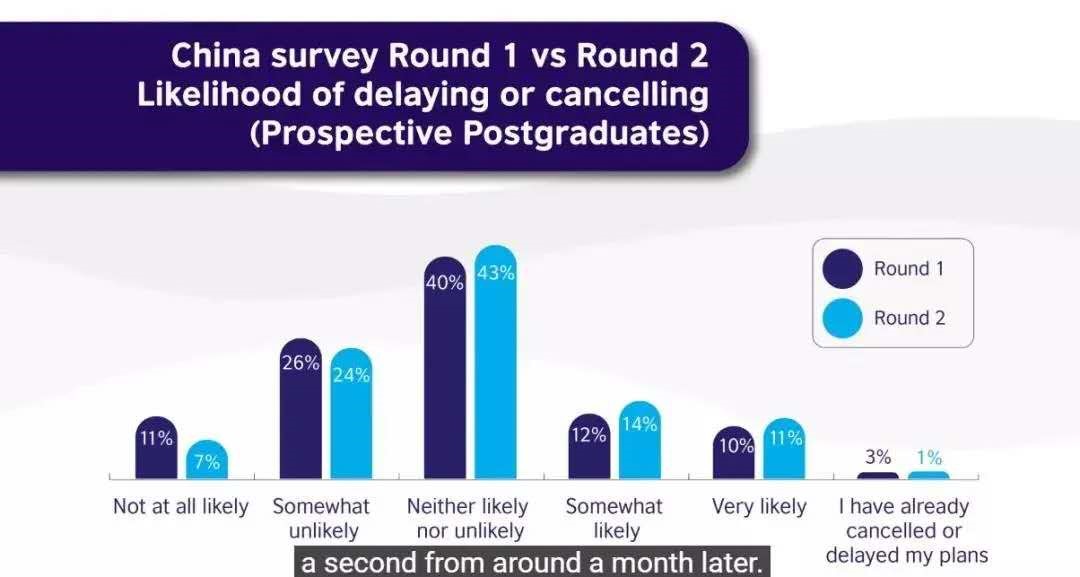托福听力为什么需要记笔记?这其实是由托福听力的考试形式决定的,因为托福听力考试是先听文章再做题,下面小编就和大家分享托福听力笔记技巧汇总,欢迎阅读!
托福听力笔记技巧汇总 不会做笔记如何做对听力题?
一.托福听力笔记练习前提
在练习笔记法之前,确信自己能够做到
1.尽量听懂文章!如果连听懂都没有搞定,那还谈什么笔记呢?加油好好的戴着mp3磨耳朵吧。
2.有一定的单词积累。这其实是第一点的内在要求。我说的积累,不只是认得,而且要听得懂和写得出。
我还想罗嗦一句,有些同学认得和写得出单词,但是听却听不懂。这估计和自己的发音有关系。自己读的和native说的不一样,当然难懂啦。这也是很多同学听不习惯英音的原因之一。
二.托福听力笔记五个技巧汇总
1.记关键词
所谓关键词,是指与听力中心内容有密切关系的词汇和短语,是考点的主要出处。一般是实词,即名词,动词,形容词,副词,否定和数词。抓住了听力中的关键词,整个文章的大意就呼之欲出了。因此,记录关键词是最基本的方法。
至于找关键词的方法,我附上了听力十大原则的文件,这个方式无论记不记笔记都一样的。
2.记逻辑词和短语提示
逻辑词和逻辑短语是连接一篇文章的筋骨和脉络。外国人对于逻辑思维非常重视,托福中从阅读到作文无不体现出来这一点。因此,听清楚逻辑词,记录下来,对于内容的之间的关系和顺序等的了解就容易了。
托福中出现的逻辑关系(Barron P75):
Definition
★Description and example
★★Classification
★Sequence
★★★Comparision and contrast
★★Cause and effect
★★Problem and solution
Persuation and evaluation
对于逻辑词和短语的总结,delta和barron上面都有提及,这里就不再累述了。
顺便说一点,拥有良好的逻辑意识和掌握相当的逻辑词和短语无论在分析阅读,听听力,说口语还是写作文的时候都是一个优势,能给评分教授一个清晰的条理。还是那句话,你让教授爽,他就让你更爽!
3.利用缩写,简写,逻辑符号,换词减少记录时间
记笔记关键是速度。新托福的语速还是跟老托差不多,比barron的快。因此,要懂得如何简化自己的笔记,同时让自己看得明白清楚。缩写和符号是很好的方法。我已经附上了自己总结的缩写和逻辑符号,大家可以下载。同时,大家在准备过程中也可以按照自己的思路添加更多的缩写。
在note taking中的换词,不需要改成复杂深奥的词语,恰恰相反。举个例子:当你听到 …opportunity…的时候,如果要写下来,那多麻烦啊,要考虑复杂的拼写。但是如果你马上晓得改写成chance,那就节约了很多时间。 还有,没人说只能写英文啊!当你听到large,small的时候,你不觉得记上“大”“小”更快吗?所以当你发现某个词出现得比较常见但是又浪费时间去记录它的话,就可以利用换词解决。如此类推,可以应用的地方还是很多的。
4.巧妙利用听力时的“空余时间”
老师教的方法。就是在教授说了一堆nonsense的时,或者两人对话时,非表达观点着说话时(例如口语第3,5题),利用“空余时间”来补全之前没有做好的笔记。
这一个方法同时提示我们,某个点如果没有记下来时,不要以放弃后面的内容为代价来花费时间记笔记,只要心里留个印象就可以了,等后面适当的时机再补上。
5. 利用清晰的结构减少查看笔记的时间
记录笔记的最终目的是做题的需要。因此,记录了笔记而自己都看不懂,或者花大量时间翻看笔记,都是得不偿失的做法。特别是做口语笔记的时候,你的preparation time是非常宝贵的。因此,平时锻炼note taking时,要注意有自己的结构。例如是左右分别记主题和分论点?还是一行一行的记下来并做标注?例如在记录综合作文听力时,很多人习惯把草稿纸对折然后一边是reading的观点,另一边是lecture的观点。这就是一种很好的方法,令人一目了然。
托福听力笔记技巧的学习需要在打好听力基础的前提之下,只有先确保自己能听懂文章才能开始练习笔记技能。如果听力基础已经不错,可以参考上文中具体的托福听力笔记技巧提升笔记记录能力。
2020托福听力练习:花蜜有助于蜜蜂健康
Home-based bird watchers might have mixed up a batch of nectar to attract the feathered objects of their affection.
It's pretty easy—just mix sugar and water.
But the real stuff is a lot more complex—nearly all nectars are laced with amino acids, and some contain alkaloids, like nicotine and caffeine.
What's the plants' motivation for producing such chemicals? "
It's possible that this is an antimicrobial adaptation of plants—that they're toxifying their nectar to protect it from spoilage by yeast or other microbes."
Leif Richardson, an ecologist at the University of Vermont.
He says the compounds might also be a chemical defense.
"Maybe the compounds are deterrent to nectar robbers, who take nectar without pollinating."
And yes, "nectar robbing is indeed a thing."
But Richardson and his colleagues have come up with yet another function for nectar's chemicals: as medicine for bees.
They found compounds in the nectar of wild tobacco, linden, and white turtlehead flowers that cut the numbers of a common gut parasite in bumblebees by as much as 80 percent.
The results are in the journal Proceedings of the Royal Society B.
The big unanswered question here is whether bees might actually self-medicate when they're sick.
Preliminary work suggests they do.
And if that notion holds true, farmers and home gardeners alike could boost bee health—simply by growing plants that serve up the right medicine.
2020托福听力练习:细菌加工氮气
Oxygen and water are crucial to most life on Earth, but what about nitrogen?
It's in every molecule of DNA in your body, and in all your proteins—you literally can't live without it.
But most of Earth's nitrogen exists as an inert atmospheric gas that organisms can't use.
Lightning strikes can convert some nitrogen into a bioavailable form.
But most of the biosphere's usable nitrogen is the result of bacteria employing an enzyme called nitrogenase to pull nitrogen out of the air.
Based on genetic evidence, scientists have thought that nitrogenase first evolved around 2 billion years ago.
Before that, life on Earth might have been confined to the oceans and been limited by the crucial substance's inaccessibility.
But researchers at the University of Washington now have evidence for the existence of nitrogenase in bacteria going back some 3.2 billion years.
The researchers base their argument on the ratios of light to heavy nitrogen isotopes in ancient rocks from Australia.
The study is in the journal Nature.
The finding indicates that the biosphere more than three billion years ago was much more complex than previously appreciated, and perhaps had already colonized land.
An earlier arrival for nitrogenase also may mean that the enzyme evolves more easily than was previously believed.
Which could increase the odds that, sooner or later, astrobiologists will find signs of another robust biosphere on some world far away.
2020托福听力笔记技巧汇总相关文章:
★ 雅思听力需要记笔记吗
2020托福听力笔记技巧汇总
上一篇:托福听力掌握4步听力法快速提升






